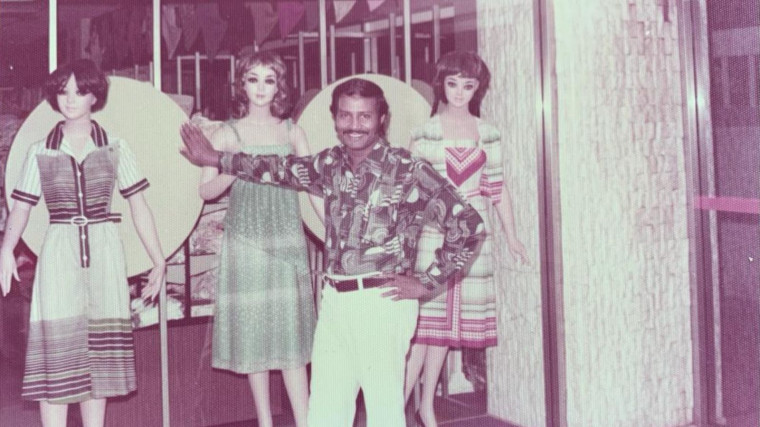|
Audio Version Available
|
(Editor’s note: To mark International Migrants Day on Dec 18, here is an account of a first-generation migrant to Singapore’s shores, 70 years ago)
“Life was very small then,” says 86-year-old Ninar Pillai Ibrahim.
It was 1953 and the Indian immigrant had just stepped off the train as a wide-eyed 17-year-old, with nothing more than a bag with a pillow and some clothes, less than 100 Malayan dollars (currency used in Singapore before independence), and oddly, a kettle.
He had spent the last 10 days travelling, five of which was being seasick on the MS Anking, crammed full of fellow migrants, which took him from Chennai, India to Penang, Malaysia, where he was quarantined for three days.
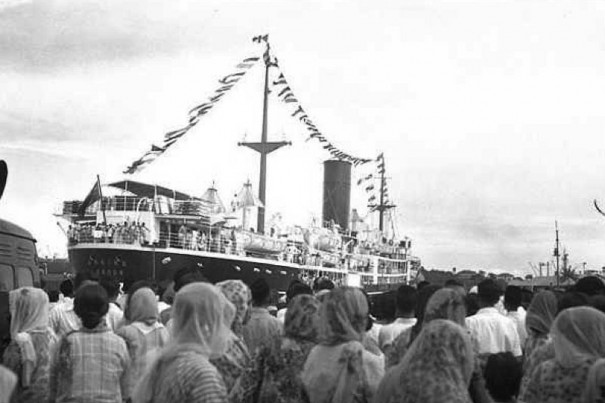
The final leg of his journey to Singapore, where he was supposed to work at a tuck shop with his brother-in-law, took him on a train journey through the then-Communist infested jungles of post-World War II Malaysia.
The train went from Penang through Kuala Lumpur and finally to Singapore.
Ibrahim remembers his train passing through Ipoh when suddenly, all the lights went off.
“Tidur! (“Go to sleep” in Malay)” ordered the train attendants. Ibrahim thought he heard popping sounds from afar. Guns? Bombs? Nobody could confirm.
He was relieved when the train finally trundled into Tanjong Pagar Train Station but he had one last hurdle to cross. His brother-in-law, who was supposed to pick him up, was nowhere in sight.
There he was, 7,000km from home, standing on the platform of a foreign train station, lost and alone, watching everyone around him greeting loved ones as they got off the carriages.
Where was he supposed to go? What was he supposed to do?
With no adult to vouch for him, the ticket issuing authority at the checkpoint could not let him enter Malaya — especially when he was below 18.
Then a stranger appeared. He had seen Ibrahim’s lost sheep look and offered to help. The elderly man vouched for the young boy and they entered Singapore officially, together.
Serendipitously, the old man was also headed to where Ibrahim was supposed to go.
“Bencoolen Street, 70F,” remembers Ibrahim.
Life in the 1950s

The 1950s were a different time. Living in a shophouse sounds okay in theory, but not when you’re squeezing in with more than 20 others.
Ibrahim lived with so many immigrants — Chinese, Malays, Indians — that he couldn’t keep track of them.
Surprisingly, despite the cramped conditions, most kept to themselves. Nobody wanted to cause trouble. Everyone just wanted to cari makan (earn money to survive), he says.
Every tenant had multiple jobs; many of them were hawkers. That was how Ibrahim was introduced to the smells of his new adopted country. Cooking smells were not the same as what he was used to back home in Thucklay, Tamil Nadu.
Other stories you might like
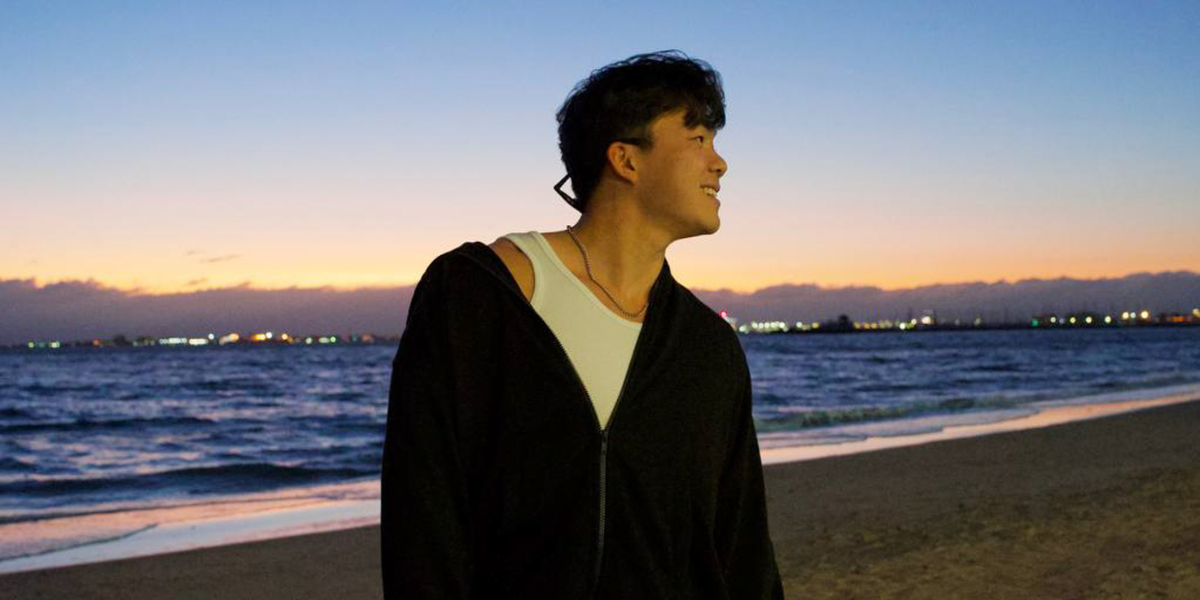
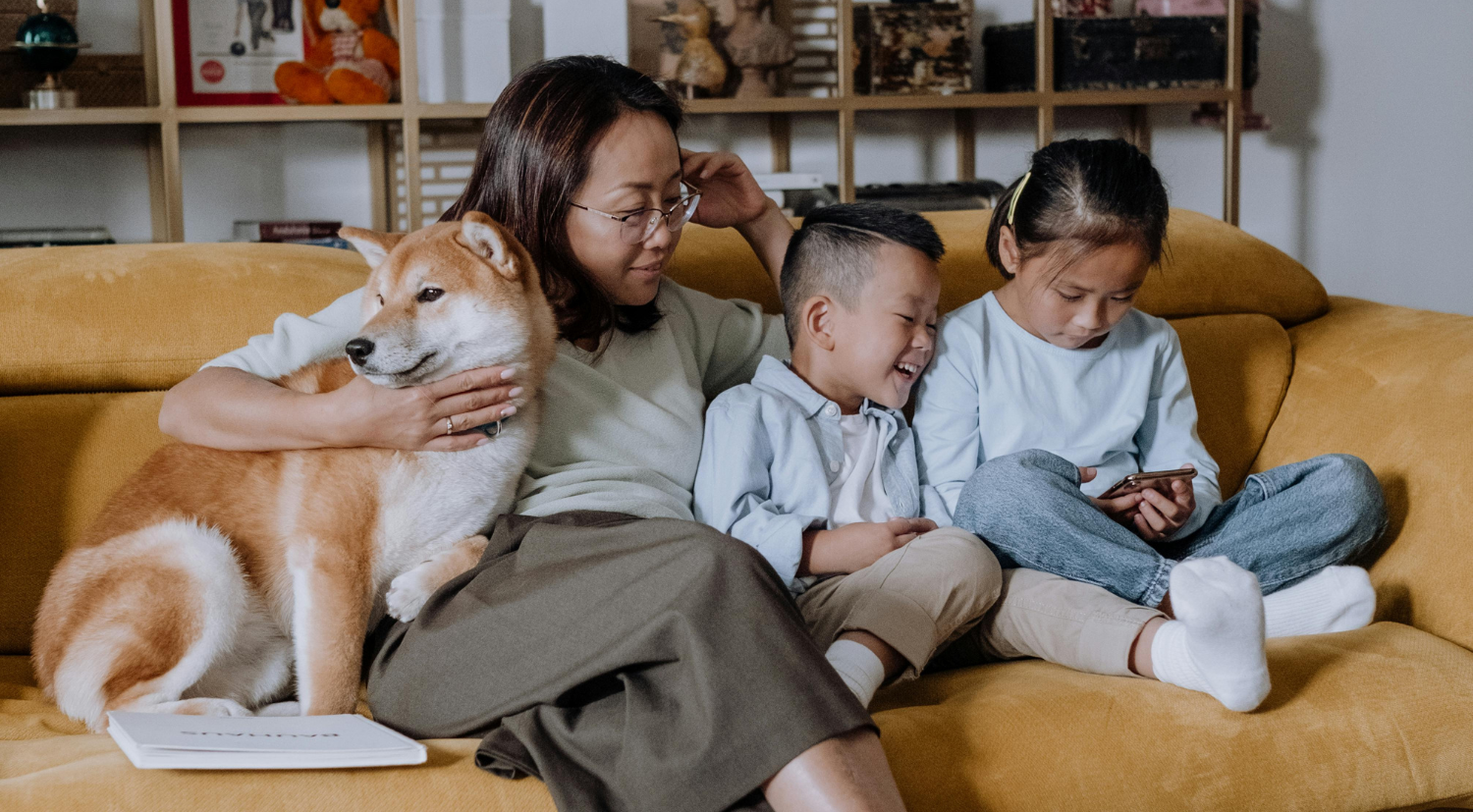

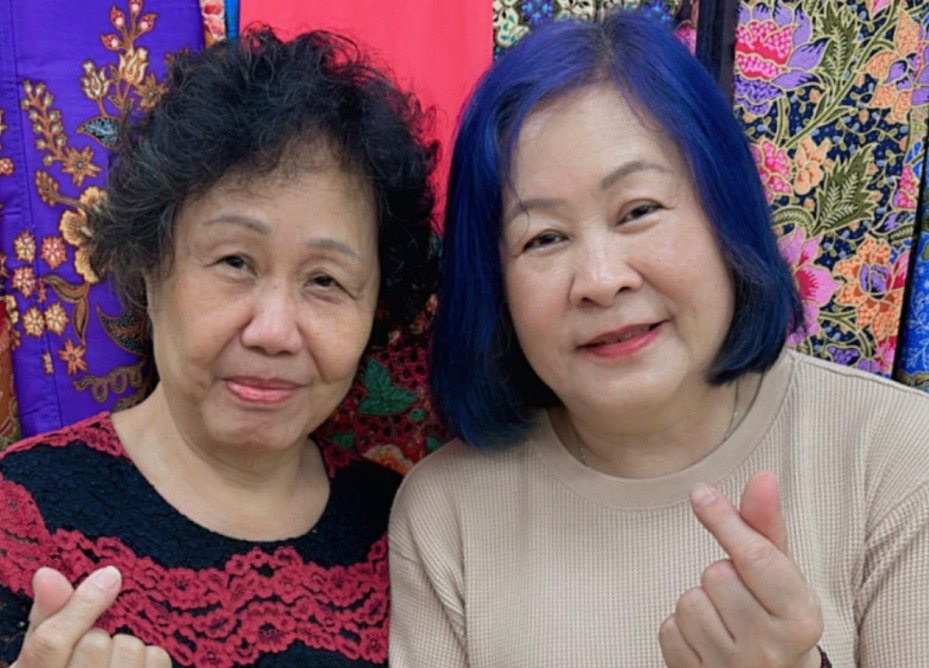
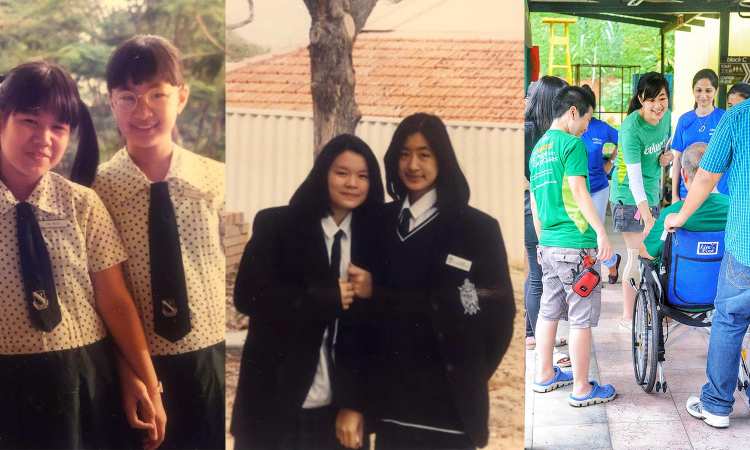
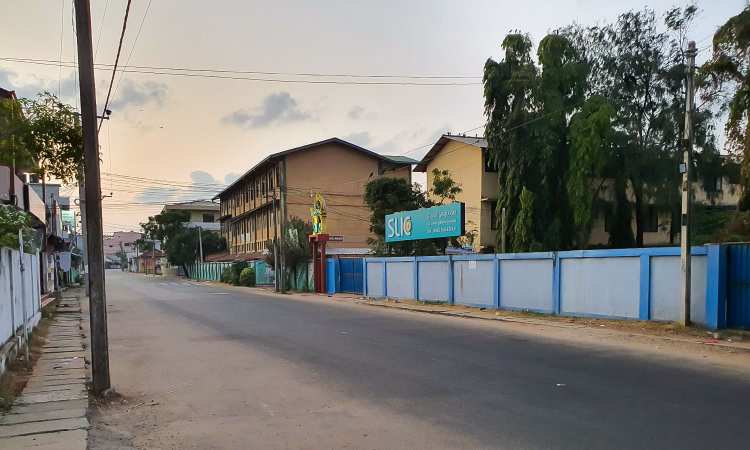
Living under the same roof, everyone had to learn to tolerate different cultures. No one liked the smell of one another’s food, remembers Ibrahim with a laugh.
There is one small brush with fame, however. Ibrahim says that his roommates claimed that they created rojak, the uniquely Singapore mix of vegetables, fruit and youtiao (dough fritters) covered in a sticky prawn paste sauce, garnished with chopped peanuts and shredded ginger flowers.
Apparently, they were inspired by their different cuisines to create something more suited to the diverse palates.
It wasn’t just food that was rojak, though.
Ibrahim, who can already speak and write Tamil, English and Malayalam, learnt a little Hokkien and Teochew working with his brother-in-law. There were so many different customers who spoke even more languages, he remembers.

One of the often-forgotten parts of living in Singapore in the 1950s is its nightsoil toilets —where human waste was transported by coolies. And living with more than 20 people meant that there was a lot of waste!
Ibrahim couldn’t handle that. So he found a way.
Every day, on his walk to work, he would pass by Raffles Institution, which had modern flush toilets. Every morning he would “escape from the torture”, he recalls with a laugh, and relieve himself there.
Growing up in the community

Within two years of living in Singapore, Ibrahim found his own job at a provision shop near Chinatown.
He never took the bus to work. He always walked. By then, he was 19, comfortably speaking various languages — he could even order drinks in a Chinese coffee shop fluently!
In 1956, Ibrahim joined the textile industry. He worked his way up from an office boy to eventually starting his own company in 1968.
Working in the industry, he saw how fashion changed over the decades. Today, the 86-year-old has “semi-retired” from his director position at Tasneem Holdings, named after one of his granddaughters who sadly passed away when she was young.
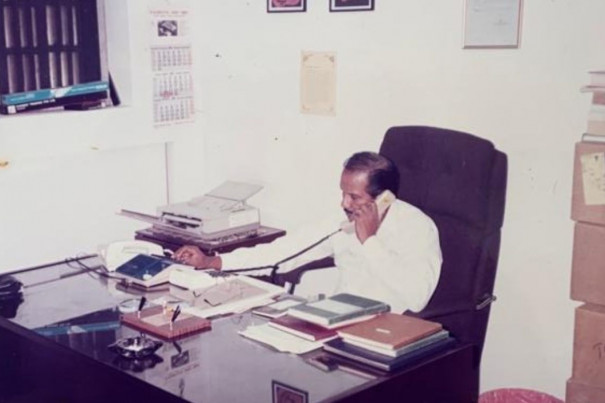
Over the years, Ibrahim watched Singapore go through independence (he got his Singapore citizenship in 1959), and saw firsthand how difficult it was at first to bring communities together.
The Indonesians didn’t associate with the Malays. The Hakka Chinese kept apart from the Teochews. The Indians, Eurasians and every other community separated themselves from one another.
Yet, when it came to making money, these lines blurred. They needed each other for business.
Perhaps due to his earlier days in a cramped Chinatown shophouse, Ibrahim didn’t find it difficult to live with such diversity. To him, everyone had the same goals. Everyone just wanted to survive and live their lives. To cari makan.
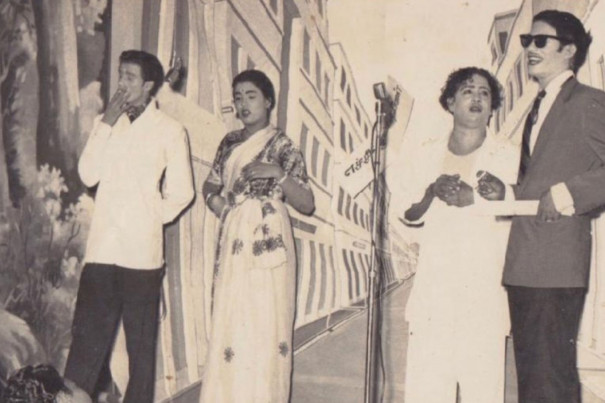
Still, Ibrahim understands the Singapore government’s efforts to integrate the various communities in the early days after independence.
“Now, we see oneness,” he says.
His contributions to society were in the form of his part-time acting career in the 50s, where he acted in stage plays to raise funds for charity.
Bringing up a family
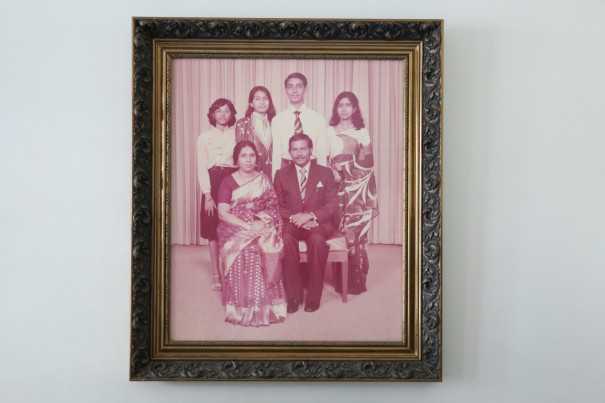
In 1961, when he was 26, Ibrahim’s family arranged for him to marry Lathifa Mohamed Ali. He had never met her before, seeing her for the first time only on their wedding day.
That didn’t stop them from falling in love and starting their own family, he laughs.
But it did confuse him and his wife when their children refused to go through arranged marriages like they did.
In 1968, Ibrahim and his wife, now with four children (Nazeema Banu Ibrahim, Naina Mohamed Jahangir, Yasmin Ibrahim and Nazarene Ibrahim) in tow, moved into a 3-room flat at Toa Payoh.
It cost him just $7,200 then. They were the first few proud owners of Singapore’s first Housing Development Board (HDB) flats.
From their flat on the 16th floor, they saw Singapore being built from the ground up. Back then, neighbouring Bishan was all kampungs and farms, even a reservoir.
Ibrahim’s youngest daughter Nazerene, says that they “literally saw Singapore develop in front of our eyes”.
But Ibrahim was more interested in something else.
“Seeing my children grow and become their own person — these were the best times of my life,” he says proudly.
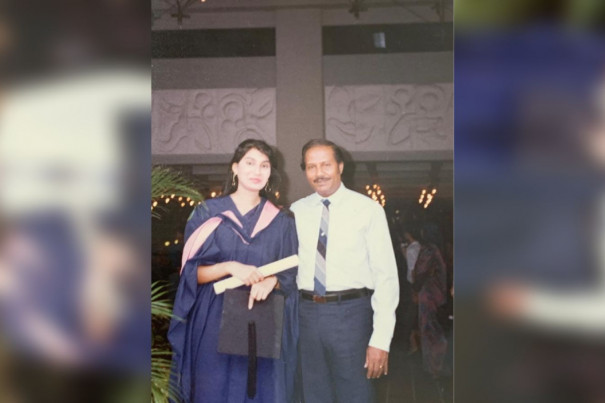
Being first-generation migrants, they only had each other.
Eid is an occasion for Muslims to spend time with the extended family. But the rest of Ibrahim’s family was back in India so they spent Eid with neighbours and friends.
Lathifa cooked traditional Indian food and prepared traditional desserts and learnt how to make different kinds of snacks and pastries from their neighbours.
Over the years, the snacks became more multicultural. Desserts and kuih from different cultures — Malay, Chinese, Eurasian — are now on display.
Even though Lathifa passed away in 2014, Ibrahim often talks about her and the family they built together with fondness.
These days, the family’s taste in food is decidedly cosmopolitan. Nazerene tells The Pride how she and her siblings have started to bring home different cuisines, food like Italian, Korean, Thai and even sushi for her dad!
But you still can’t go wrong with biryani, chimes in Ibrahim with a laugh.
Other stories you might like




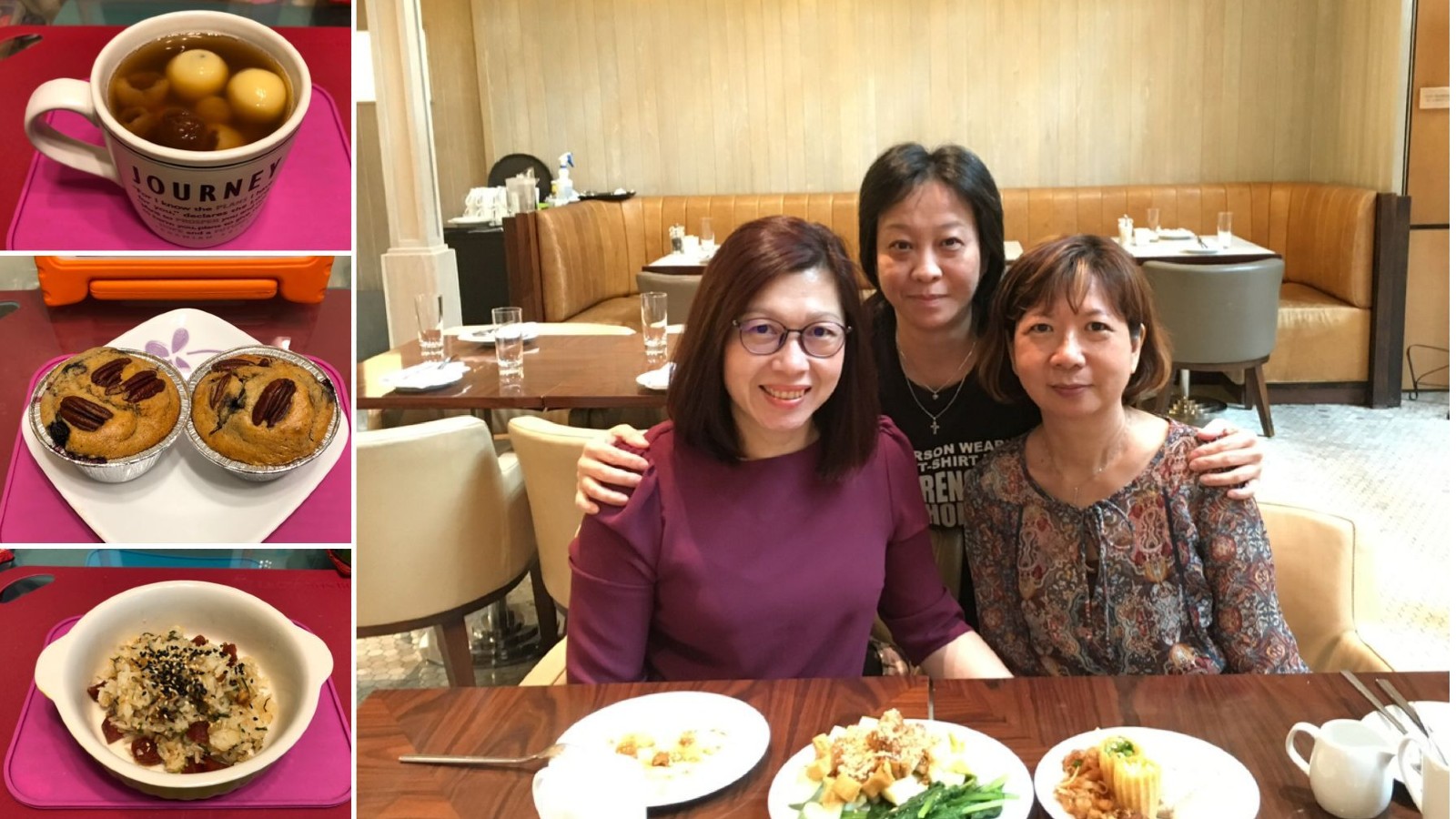

The 86-year-old is still a traditionalist at heart, but having watched Singapore develop over the years, he has learnt that the only constant is change.
He explains: “Singapore is a completely different place but it is still our home.”
It is the place he has seen his children grow up in and where he watches his 10 grandchildren do the same.
“I came to the land of opportunities,” he says proudly.
If you like what you read, follow us on Twitter and Google News to get the latest updates.
